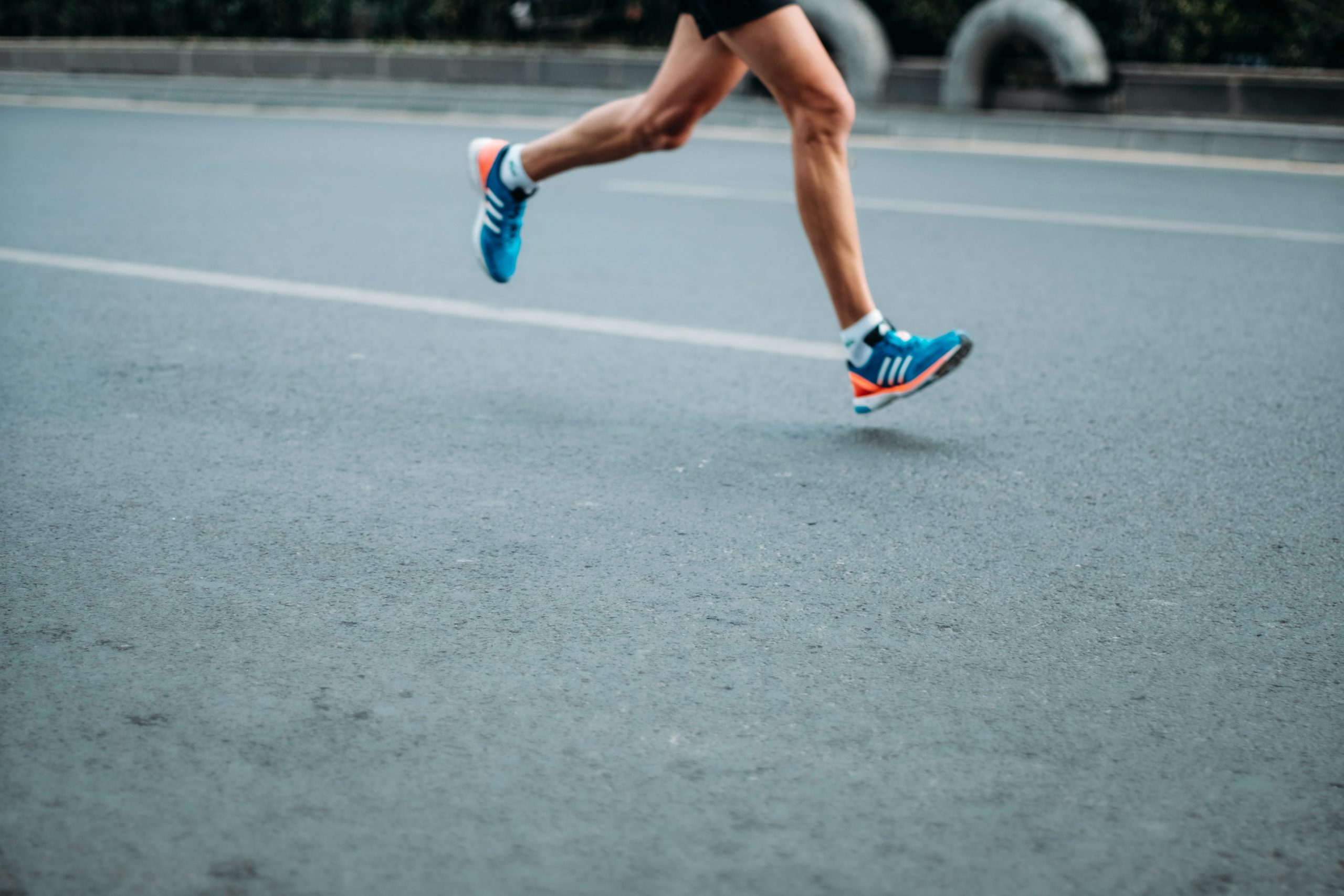Exercise trend: the micro-workout
Article by Priceline Pharmacy
If you put off exercising because you can’t find the time, snack-sized workouts might be the solution
Work, study, kids, homework, afterschool sports, cooking, cleaning, paying bills, visiting ageing parents, staying in touch with friends and walking the dog… in the busyness of everyday life, it’s all too easy to let exercise slip to the bottom of (and sometimes off) your to-do list.
Consider, then, the micro-workout: a bout of high-intensity physical activity that lasts from about four to 12 minutes. “Short but effective, these kinds of workouts are becoming increasingly popular with time-poor Aussies who don’t want keeping fit and healthy to take too long,” says Priceline Pharmacist Jenna Cormack. It’s like a snack that fuels you when a sit-down meal would take too long. And far from being another fitness fad, there’s some sound scientific evidence that supports the effectiveness of micro-workouts.
Balancing act
“You can do a spin class for 45 minutes or do a 12-minute workout and get similar health outcomes,” says Chris Alexander, exercise physiologist and spokesperson for AUSactive. “There’s plenty of science now that shows that short bursts of activity – at the right intensity – deliver similar benefits to a longer workout.”
The World Health Organization recommends 150 to 300 minutes of moderate activity or 75 to 150 minutes of vigorous activity each week. But for many people, work and family commitments make this target a challenge. The good news is that high intensity micro-workouts may be just as effective. One international study in 2021 found that for people with type 2 diabetes, as little as four minutes of high intensity exercise three times a week improved blood sugar levels, reduced unhealthy fat in the liver and boosted cardiorespiratory fitness.
Age well
The beauty of shorter workouts is that you can leverage the fitness benefits of exercise, without the additional strain longer workouts might put on your body.
A Norwegian study also found people in their seventies who huffed and puffed their way through short bursts of high-intensity exercise had better aerobic fitness and mental and physical health than people who did less intense exercise for longer.
The workouts included a 10-minute warm-up and then four minutes of strenuous cycling or jogging followed by four minutes of rest. The cycling or jogging and resting cycle was repeated four times. But the key is to work hard and push yourself during the intense part of the workout. “By high intensity we mean training that gets you really sweaty and out of breath,” said professor Dorthe Stensvold from the Norwegian University of Science and Technology.
Mind over matter
Micro-workouts are great for brain health, too. A study from the University of Queensland found snack-sized high intensity exercise increases blood flow to the brain that may help reduce the risk of mental diseases, like dementia. “The benefits of exercise on brain function are thought to be caused by the increase in blood flow and shear stress (the frictional force of blood along the lining of the arteries) which occurs during exercise,” says researcher Dr Tom Bailey. “Everyone is lacking in time but you can always get up 12 minutes earlier in the morning or find five or 10 minutes during your day. If you dedicate only one per cent of your week to exercise then you are on the right track,” says Chris.
If you have existing injuries or haven’t exercised for a while, see your GP first and start with a light workout, only increasing the intensity as you get fitter. “Do a short workout at any time when you’re motivated and it’s convenient,” says Chris. “Many people find it best to have their runners and water bottle by their bed so they can get into it first thing in the morning but there’s no best time for a micro-workout – do it whenever you’re ready to go.”
Fit an exercise snack into your day…
Cycle: try a 40 second sprint, followed by three minutes of easy riding and repeat four times.
Jump: try 30 seconds of star jumps or step ups, followed by two minutes of walking and repeat five times.
Squat: try 30 seconds of body-weight exercises, like squats or lunges, followed by three minutes of walking and repeat three times.
Skip: try one minute of skipping, followed by one minute of rest. Repeat, working up to 12 minutes per session.
